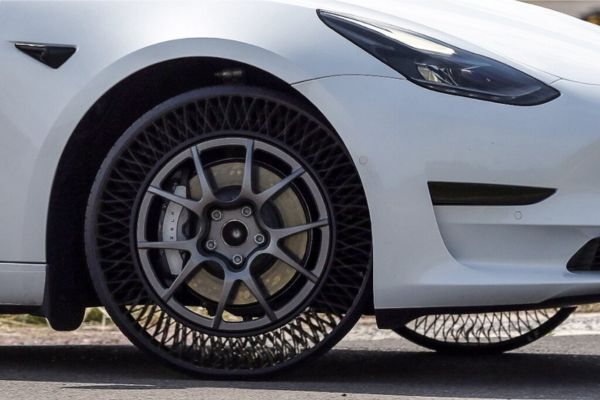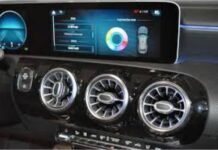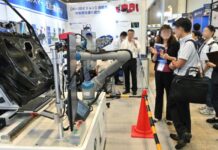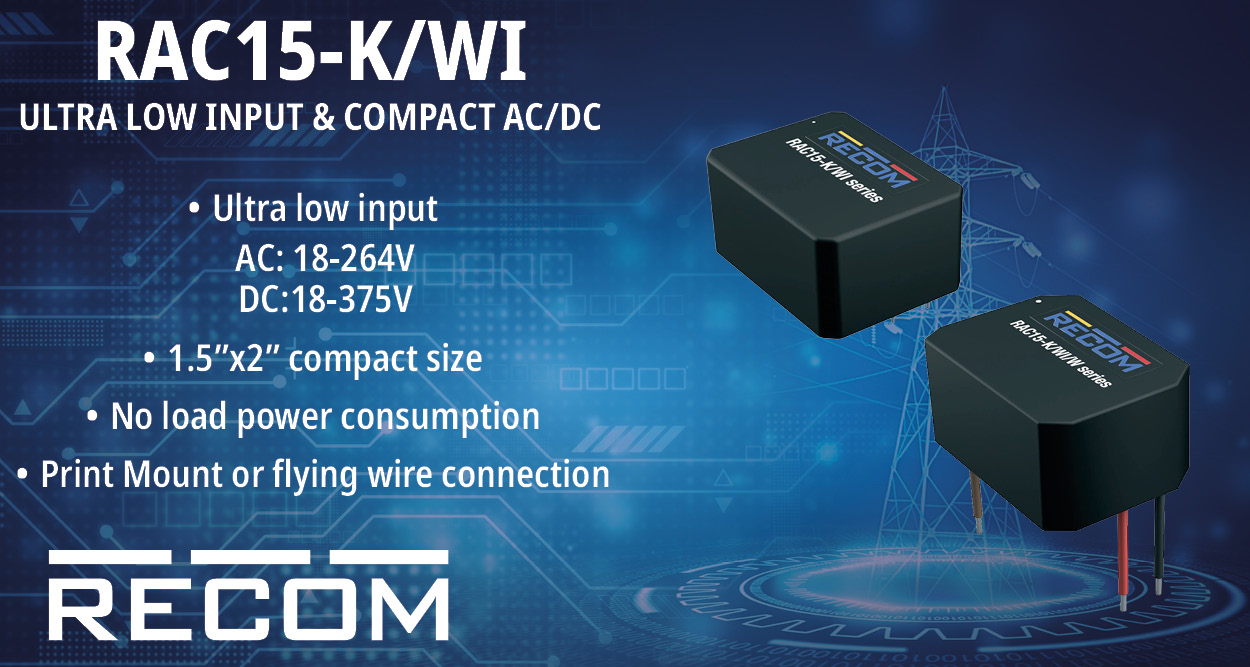As the global automotive industry accelerates toward greater efficiency, sustainability, and safety, tire technology is undergoing a transformative shift. At the forefront of this innovation is the development of airless tires, also known as non-pneumatic tires (NPTs). These tires are designed to eliminate the risk of punctures, reduce maintenance, and improve durability. Moreover, airless tires represent a paradigm shift in tire engineering and manufacturing. This article explores the current state of airless tire manufacturing, the enabling technologies, and their implications for vehicle performance, design, and production.
What are Airless Tires?
Airless tires are designed to operate without the internal air pressure that supports traditional pneumatic tires. Instead, they rely on a structural design, often composed of flexible spokes, mesh-like materials, or engineered polyurethane compounds that supports the vehicle’s load and provide shock absorption. There are two primary types of airless tire architectures:
- Spoked Non-Pneumatic Tires: These tires utilize flexible, load-bearing spokes that deform under pressure and return to shape, allowing for a responsive ride.
- Tweed or Solid Tires: Made from solid rubber or polyurethane composites, these tires are durable but typically reserved for low-speed applications such as commercial vehicles and lawn equipment.
Airless Tire Manufacturing Process Overview:
Airless tire production is fundamentally different from conventional pneumatic tire manufacturing, primarily due to the absence of inner liners, bead-wire construction, and air-retention chambers. Here’s a breakdown of the core processes involved:
1. Design and Simulation
The structural complexity of airless tires demands intensive computational modeling. Finite Element Analysis (FEA) is used to simulate:
- Load distribution and deformation
- Heat generation under dynamic loads
- Vibration damping characteristics
Advanced modeling tools such as ANSYS and Abaqus are integral to optimizing spoke geometry, material distribution, and fatigue life.
2. Material Selection and Formulation
Traditional tires use multiple rubber compounds for different zones, meanwhile the airless tires often rely on composite materials:
- Thermoplastic polyurethanes (TPUs) for flexibility and wear resistance
- Reinforced resin polymers for structural support
- Carbon fiber and glass fiber additives for stiffness-to-weight ratio optimization
Material compatibility with injection molding and additive manufacturing processes is also a critical consideration.
3. Additive and Injection Molding
Airless tires often utilize advanced manufacturing technologies:
- Injection Molding: Used for producing the spoke structure with high dimensional precision.
- 3D Printing / Additive Manufacturing: Emerging techniques enable prototyping complex internal geometries with minimal material waste.
This contrasts with pneumatic or traditional tire manufacturing, which involves lamination, calendaring, and vulcanization in segmented molds.
4. Assembly and Integration
Tires are typically pre-bonded to the wheel rim or produced as a unified assembly. Robotic automation handles:
- Spoke-to-tread integration
- Composite curing
- Quality control
Integration involves ensuring this assembled tire functions seamlessly with the vehicle’s suspension and other components.
Performance and Engineering Advantages
Airless tires offer a range of performance benefits that have significant implications for automotive design and end-use:
- Puncture Elimination – No risk of blowouts or air leaks leads into improved safety and reliability, particularly for fleet and military vehicles.
- Lower Maintenance – No pressure checks or refilling required, tread wear is more uniform, and service intervals are extended.
- Sustainability – Airless tires are potentially more recyclable. Modular designs allow retreading or component replacement, reducing total lifecycle waste.
- Design Flexibility – Removing the need for internal pressure systems opens new design opportunities in electric and autonomous vehicles. Engineers are able to optimize vehicle weight distribution and suspension geometry.
Challenges in Airless Tire Commercialization
Despite the promise, several challenges impede mass airless tire adoption:
- Ride Comfort and Noise: The stiffness of solid or structured materials leads to increased vibration and road noise. Tuning damping characteristics remains a primary focus.
- Thermal Management: Heat buildup during extended high-speed operation is a risk. Improved material formulations and venting mechanisms are under development.
- Manufacturing Scalability: Unlike pneumatic tires, which benefit from decades of supply chain maturity, airless tire production must overcome tooling, cost, and process standardization hurdles.
- Regulatory and Testing Requirements: New standards must be developed to validate safety, performance, and environmental impact in the absence of existing frameworks.
Use Cases and Market Entry Points
Airless tires are finding early adoption in specific sectors where durability and uptime outweigh comfort concerns:
- Last-mile delivery fleets
- Military and off-road vehicles, where puncture resistance is mission-critical
- Construction and agricultural machinery, benefiting from reduced service interruptions
- Micro-mobility and two-wheelers, including e-scooters and e-bikes, where low weight and zero maintenance are advantages
As performance improves, broader integration of airless tires into passenger vehicles is expected to increase in the upcoming years.
Final Thoughts
Airless tire technology represents a pivotal innovation in the automotive industry’s evolution toward maintenance-free, smart mobility. With continued advancements in materials science, structural design, and scalable manufacturing processes, these next-generation tires have the potential to redefine how vehicles interact with the road. For OEMs, Tier 1 suppliers, and mobility providers, the transition to airless systems offers both technical challenges and strategic opportunities to differentiate in an increasingly competitive landscape.

















